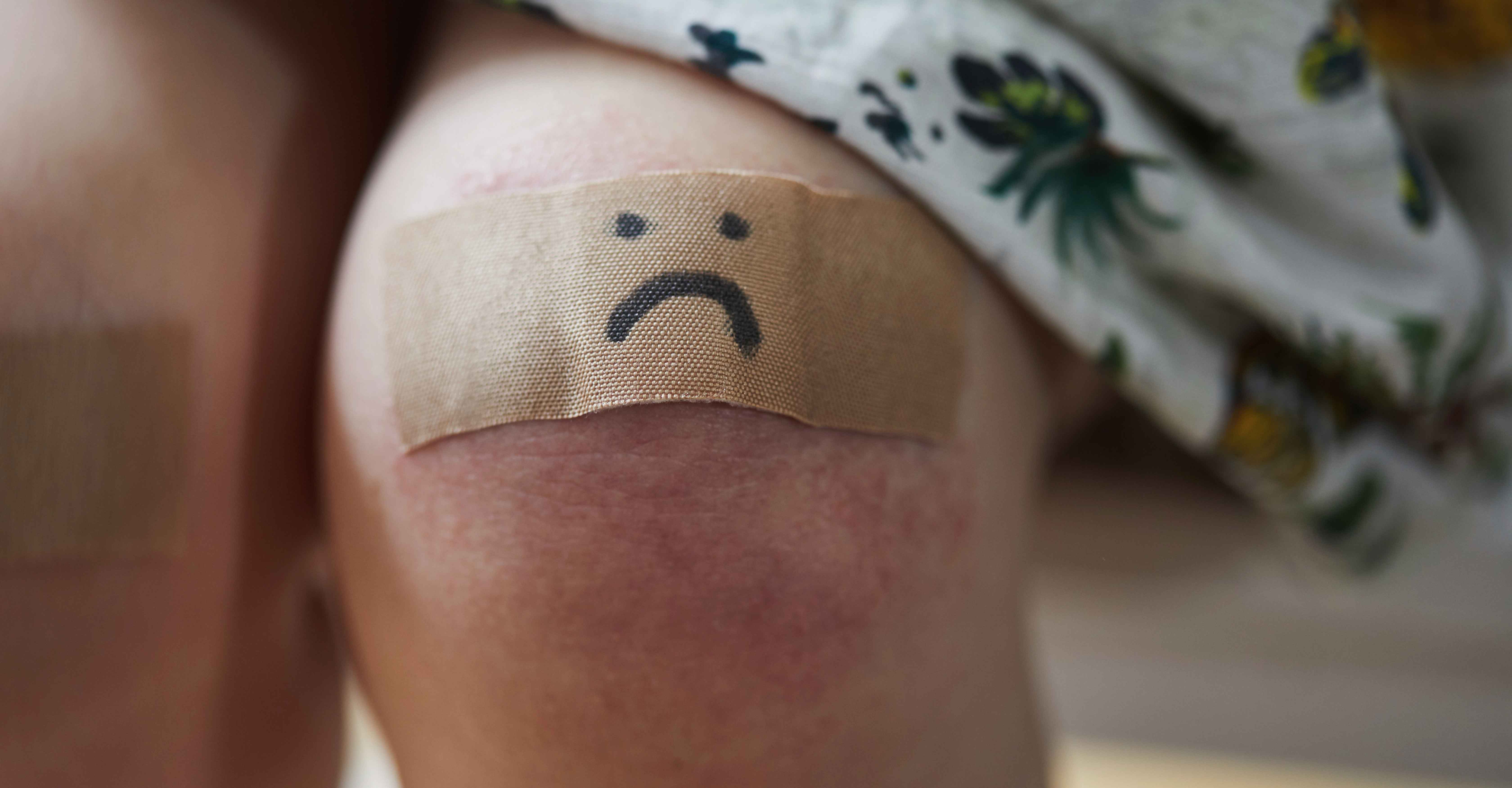Common causes of weeping wounds. Understanding what leads to weeping wounds can help in prevention and management strategies. Cuts, abrasions, or surgical incisions often result in weeping as part of their natural healing process. We know that wounds typically ooze clear fluid as part of theirhealing process. This fluid comes from the lymphatic system and blood vessels and is a clear signal considered as adefensereaction ofthe bodyto eliminate bacterial and cellular waste.
There are several common causes of wound weeping: This helps remove contaminants and dead cells. Here are a few common causes of weeping edema: A temporary buildup of fluid that will eventually take care of itself. A medical condition that requires a doctor to diagnose and treat properly. Understanding the cause of the swelling along with the healing process will lead to selecting proper interventions. So, how do you effectively manage and stop a wound from weeping clear liquid? The key lies in proper wound care practices that focus on cleanliness, moisture balance, and appropriate dressing. Heres a direct approach to managing a weeping wound: Begin by gently washing the wound with mild soap and water. It is important to treat the wound correctly to clear infection and to allow the wound to heal. Stop the wound from weeping blood by keeping the infected area raised. Small cuts and grazes will quickly stop bleeding on their own 2.
It is important to treat the wound correctly to clear infection and to allow the wound to heal. Stop the wound from weeping blood by keeping the infected area raised. Small cuts and grazes will quickly stop bleeding on their own 2.
5 Things You Didn't Know About The Trisha Paytas Leak (and Why It Matters)
Quinnfinite OnlyFans Leak: The Untold Story Experts Are Finally Revealing
Did Auhneesh Nicole's OnlyFans Journey Really Change Everything?
